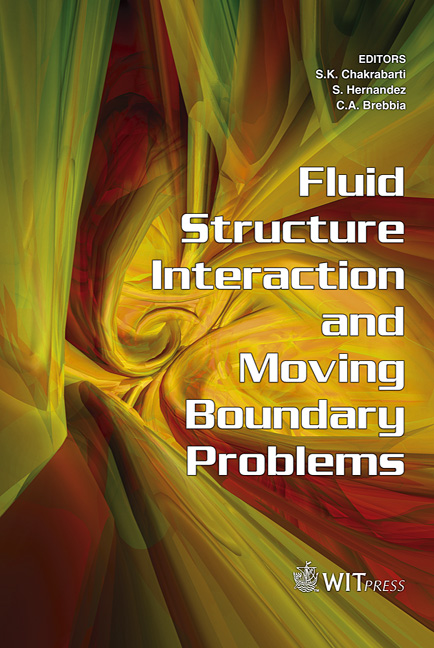Numerical Simulation Of Free Surface Flows By Lagrangian Particle Methods
Price
Free (open access)
Transaction
Volume
84
Pages
9
Published
2005
Size
1,005 kb
Paper DOI
10.2495/FSI050471
Copyright
WIT Press
Author(s)
L. Cueto-Felgueroso, I. Colominas, F. Navarrina & M. Casteleiro
Abstract
This paper presents a Galerkin based SPH formulation with moving least-squares meshless approximation, applied to free surface flows. The Galerkin scheme provides a clear framework to analyze several procedures widely used in the classical SPH literature, suggesting that some of them should be reformulated in order to develop consistent algorithms. The performance of the methodology proposed is tested through various dynamic simulations, demonstrating the attractive ability of particle methods to handle severe distortions and complex phenomena. 1 Introduction The endeavour to solve the continuum equations in a particle (as opposed to cell or element) framework, i.e. simply using the information stored at certain nodes or particles without reference to any underlying mesh, has given rise to a very active area of research: the class of so-called meshless, meshfree or particle methods. The origin of modern meshless methods could be dated back to the 1970s with the pioneering works in generalized finite differences and vortex particle methods [1, 2]. However, the strongest influence upon the present trends is commonly attributed to early Smoothed Particle Hydrodynamics (SPH) formulations [3, 4, 5], where a lagrangian particle tracking is used to describe the motion of a fluid. The extension to solid mechanics was introduced by Libersky, Petschek et al. [6] and Randles [7]. Johnson and Beissel proposed a Normalized Smoothing Function (NSF) algorithm [8] and other corrected SPH methods have been developed by Bonet et al. [9, 10] and Chen et al. [11]. More recently, Dilts has introduced Moving Least Squares (MLS) shape functions into SPH computations [12].
Keywords





